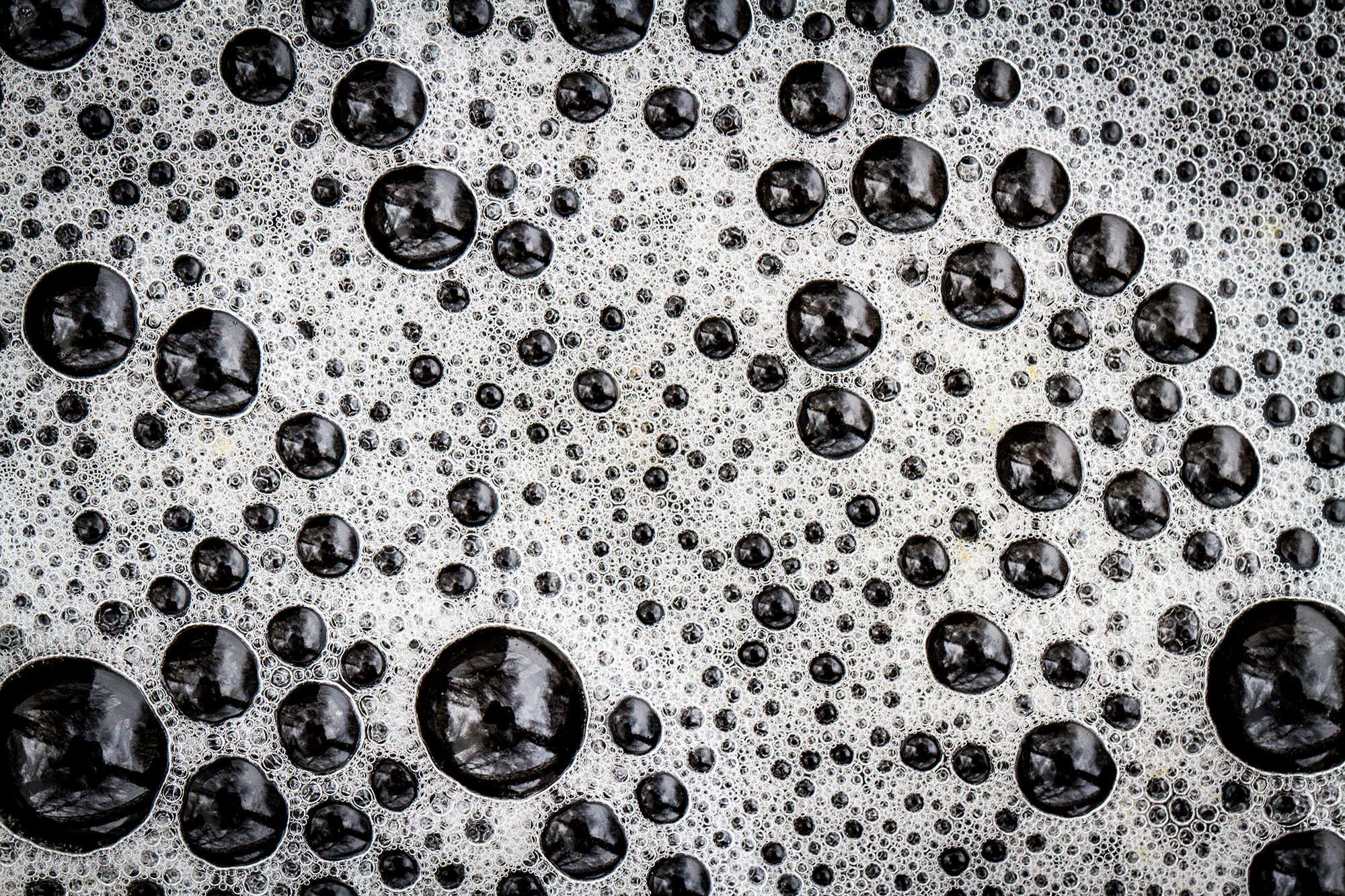When your predators use echolocation to locate you, it pays to have an ultrasonic deterrence. So, many species of ermine moths have structures on their wings known as tymbals. These areas have a band of ridges, and, when the moth’s wing lifts or falls, the ridges buckle one-by-one. A nearby bald patch on the wing acts as an amplifier, making these ultrasonic snaps louder. Altogether, the mechanism deters prowling bats anytime the moth flaps its wings — without any additional effort on the moth’s part. Since the moths have no ears, they presumably don’t even know that they’re making the sound! (Image credit: Wikimedia/entomart; research credit: H. Mendoza Nava et al.; via APS Physics)
Tag: ultrasound

Breaking Clots With Sound
Clots that block blood flow away from the brain are one of the most common causes of strokes for younger people. If caught early, anticoagulants can sometimes resolve the issue, but the treatment fails in 20-40% of cases. Now researchers are investigating a new ultrasound technique capable of quickly and effectively removing these clots.

An illustration of the vortex ultrasound technique breaking up a blood clot. The group attached a 2 x 2 array of ultrasound transducers to the tip of a catheter like those doctors feed through blood vessels in other interventions. The offset between each ultrasound transducer creates a vortex-like flow when the array is activated. The helical wavefront creates shear stress along the clot’s face, helping to break it up faster. In one test, the new technique broke up a clot and completely restored flow in just 8 minutes. Pharmaceutical treatments take at least 15 hours and average closer to 29 hours.
The team is moving forward to animal trials next and hope, with success there, to bring the technique to clinical studies. (Image credit: abstract – C. Josh, illustration – X. Jiang and C. Shi; research credit: B. Zhang et al.; via Physics World)

Sound Makes Stickier Bandages
Keeping wounds safe and clean is hard when bandages are so prone to coming off. A team of researchers may have found a solution, though, using ultrasound to enhance adhesion. For their technique, they applied a layer of adhesive primer to the skin and covered it with a hydrogel bandage. Then they used an ultrasound transducer to generate cavitation bubbles in the primer. As the bubbles grew and collapsed, the primer and hydrogel pulled toward the tissue, creating adhesive bonds up to 100 times greater than without ultrasound. The extra adhesion had staying power, too, with between two and ten times more fatigue resistance than the bandage and adhesive alone. The researchers hope their technique will aid tissue repair, wound management, and attaching wearable electronics. (Image and research credit: Z. Ma et al.; via Physics World)

Absorbing Sound with Moth Wings
Manmade soundproofing tends to be porous and bulky or very limited in the range of frequencies it can handle. In contrast, moths are natural absorbers of ultrasound, having evolved to avoid reflecting those frequencies back to the bats hunting them. Researchers took the structures from a moth wing and applied them to an aluminum disk to see how the coating performed. They found that the moth wing’s structures reduced sound reflection by as much as 87% at the lowest frequency tested (20kHz, still beyond human hearing.) As researchers explore how the individual structures of the wing perform, they hope to adapt the moth’s prowess to soundproof within the human range of hearing. (Image and research credit: T. Neil et al.; via Physics World)

Aligning by Bubble Array
Assembling structures from small components is often difficult. Techniques like optical tweezers are limited to very small objects, and magnetic techniques only work with certain materials. Here, researchers use acoustical forces on bubbles to move and align centimeter-sized objects.
When a single bubble oscillates in an ultrasonic field, its changing size creates pressure variations around it. When an acoustic wave scatters off one bubble and impacts another, it sets up a small attractive force between the bubbles, known as the secondary Bjerknes force. For individual bubble pairs, this force is extremely small and unable to affect much. But using arrays of bubbles — one array on a fixed object and another on a floating object — researchers amplified the attraction and showed that the resulting forces could manipulate and align their components. (Image credit: top – J. Thomas, others – R. Goyal et al.; research credit: R. Goyal et al.; via APS Physics)

Ultrasound in Medicine
When you hear the term “ultrasound,” your brain likely jumps to grainy black and white images of unborn babies, but this technology has a lot more medical uses than just that! Ultrasound is used to image many parts of the body — earlier this year, I got to see my own heart in action through an echocardiogram, for example. But the technology has therapeutic uses as well. At higher energies, ultrasound is used to break up kidney stones (through cavitation), treat tremors, and alleviate some sources of pain. To learn more, check out Explore Sound’s page on biomedical acoustics. (Video and image credit: Acoustical Society of America)












